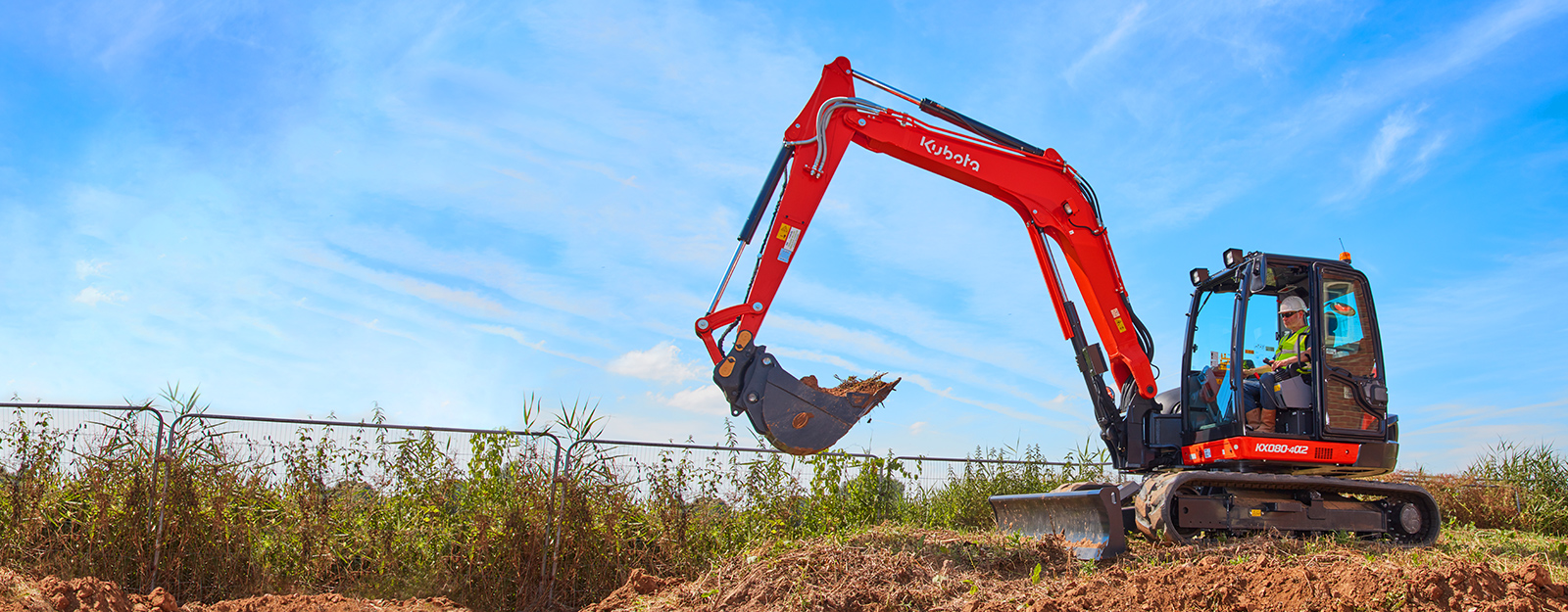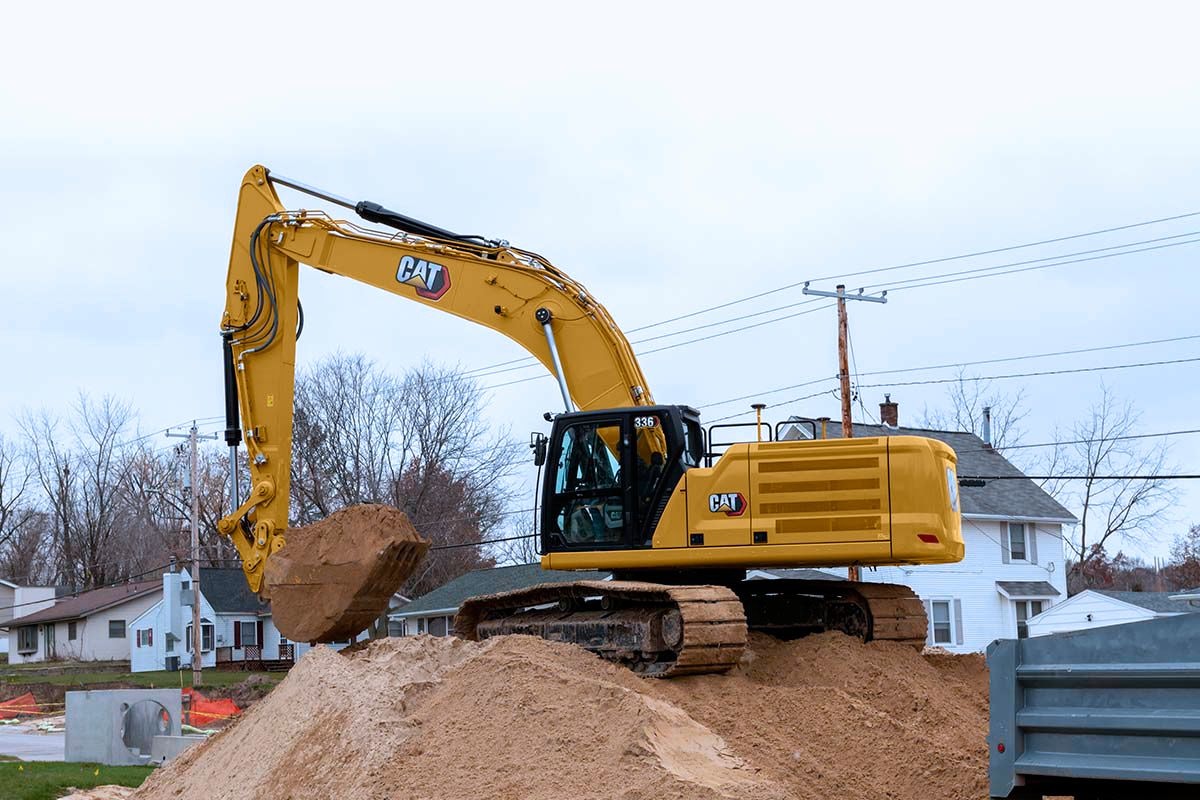Heavy Equipment Rental: High-Quality Equipment for Rental Fee
Heavy Equipment Rental: High-Quality Equipment for Rental Fee
Blog Article
Renting Out Vs. Acquiring Construction Equipment: Making the Right Selection for Your Task
When starting a building job, one of the critical choices that project stakeholders and managers deal with is whether to rent or acquire building devices. Both choices have their drawbacks and advantages, making the choice a critical one in the job planning process. The decision depends upon different factors such as cost factors to consider, job period, devices maintenance, scalability, adaptability, and threat management. Each element plays a vital duty in establishing one of the most suitable course for the task's tools needs. construction equipment rentals. Allow's discover these variables further to recognize just how they influence the decision-making process and eventually the success of the task.
Price Factors To Consider
When examining the financial element of purchasing versus renting out construction equipment, the upfront expenses and long-lasting expenses need to be carefully taken into consideration. Leasing tools often calls for reduced first payments compared to acquiring, making it an appealing choice for temporary projects or specialists with spending plan restraints. Renting gets rid of the need for huge resources expenses and lowers the economic risk associated with equipment possession, such as maintenance and devaluation costs. Nevertheless, in the future, consistently leasing equipment can collect greater prices than acquiring, especially for prolonged jobs.
On the other hand, purchasing construction devices entails higher ahead of time costs however can result in long-lasting financial savings, particularly for long-term projects or frequent customers. Having tools supplies flexibility, ease, and the potential for resale value once the job is finished. In addition, having equipment permits personalization and experience with specific machinery, potentially raising effectiveness and efficiency on-site. Inevitably, the decision between renting out and getting construction devices rests on the project's duration, regularity of usage, spending plan considerations, and long-lasting economic goals.
Project Period

Alternatively, for long-term tasks or ongoing building and construction work, getting tools might be the more cost-effective option. Getting tools can lead to set you back financial savings in the future, particularly if the devices will certainly be often made use of. Moreover, owning devices supplies a sense of control over its accessibility and enables personalization to fit details task requirements.

Devices Maintenance
Offered the important duty task period plays in establishing the most economical method between buying and renting out building devices, the emphasis now changes in the direction of taking a look at the vital element of devices maintenance. On the various other hand, owning equipment calls for an aggressive technique to maintenance to stop malfunctions, make certain safety and security, and extend the equipment's lifespan. Inevitably, a well-maintained construction tools fleet, whether leased or had, is vital for the efficient and effective conclusion of building projects.
Adaptability and Scalability
In the realm of building devices monitoring, the facet of adaptability and scalability holds considerable relevance for task efficiency and source use. Deciding to lease building and construction tools gives a high degree of adaptability as it allows for the fast change of tools kinds and amounts based on the progressing requirements of a job.
Renting out construction devices provides the benefit of quickly scaling operations up or down as project demands change. Service providers can rapidly exchange or add tools to match the project's altering demands without the restrictions of possessing assets that may end up being underutilized or obsolete.
Risk Administration
Efficient danger monitoring in building devices operations is critical to making sure project success and mitigating potential financial losses. Construction jobs inherently involve various risks, such as tools malfunctions, crashes, and project hold-ups, which can substantially impact the job timeline and budget. By thoroughly thinking about the threats associated with owning or renting out building and construction equipment, task managers can make educated choices to minimize these possible hazards.
Renting out building tools can provide a degree of risk reduction by transferring the duty of maintenance and fixings to the rental company. This can reduce the monetary worry on the job owner in case of unanticipated equipment failings (heavy equipment rental). In addition, renting gives the versatility to accessibility specific tools for certain task stages, decreasing the threat of possessing underutilized machinery
On the various other hand, possessing construction tools offers a feeling of control over its use and upkeep. Nonetheless, this also means bearing the full obligation for repairs, upkeep expenses, and devaluation, boosting the monetary dangers related to devices ownership. Mindful risk evaluation and factor to consider of elements such as task period, devices usage, and upkeep demands are essential in identifying one of the most appropriate option for efficient risk administration in building tasks.
Conclusion
To conclude, when making a decision between acquiring and renting out building and construction devices, it is very important to think about price, task duration, devices upkeep, scalability, threat, and flexibility management. Each aspect plays a critical duty in figuring out one of the most ideal alternative for the job at hand. By meticulously reviewing these aspects, job managers can make an informed decision that straightens with their spending plan, timeline, and general job objectives.

Report this page